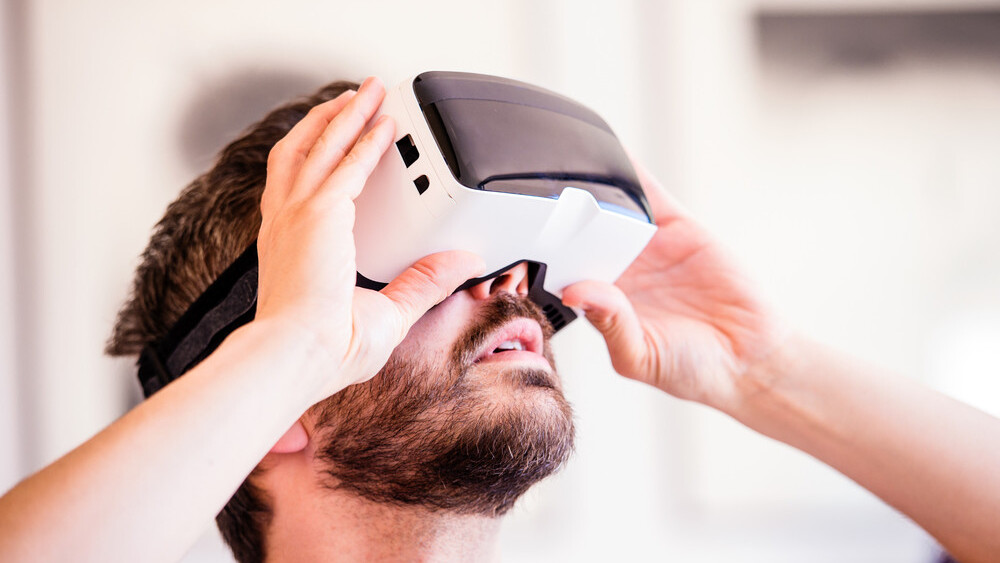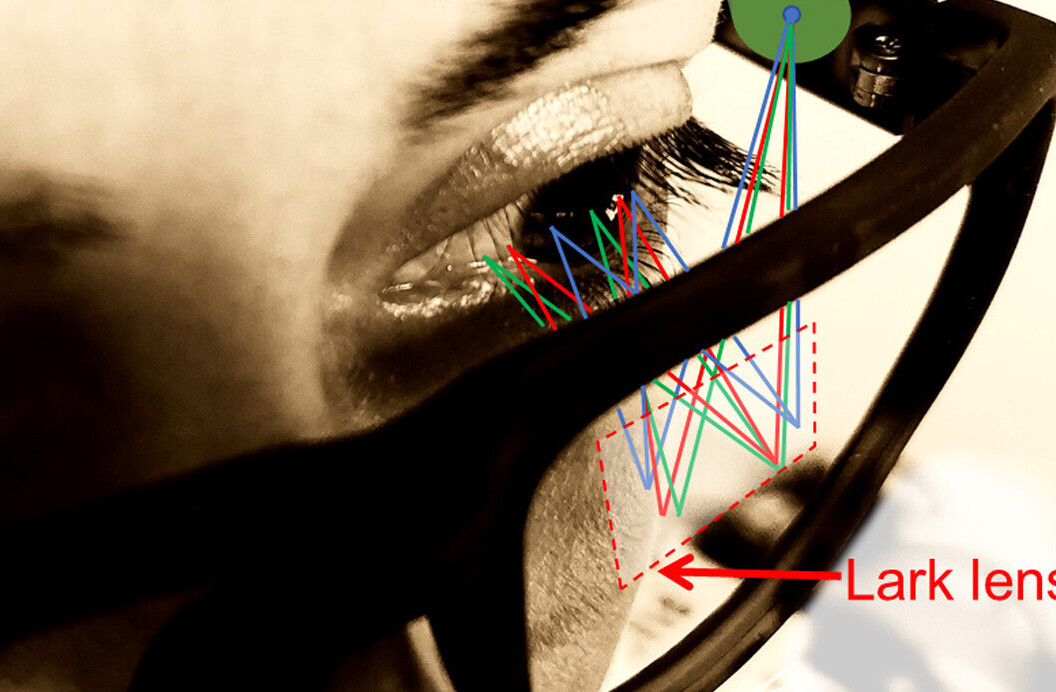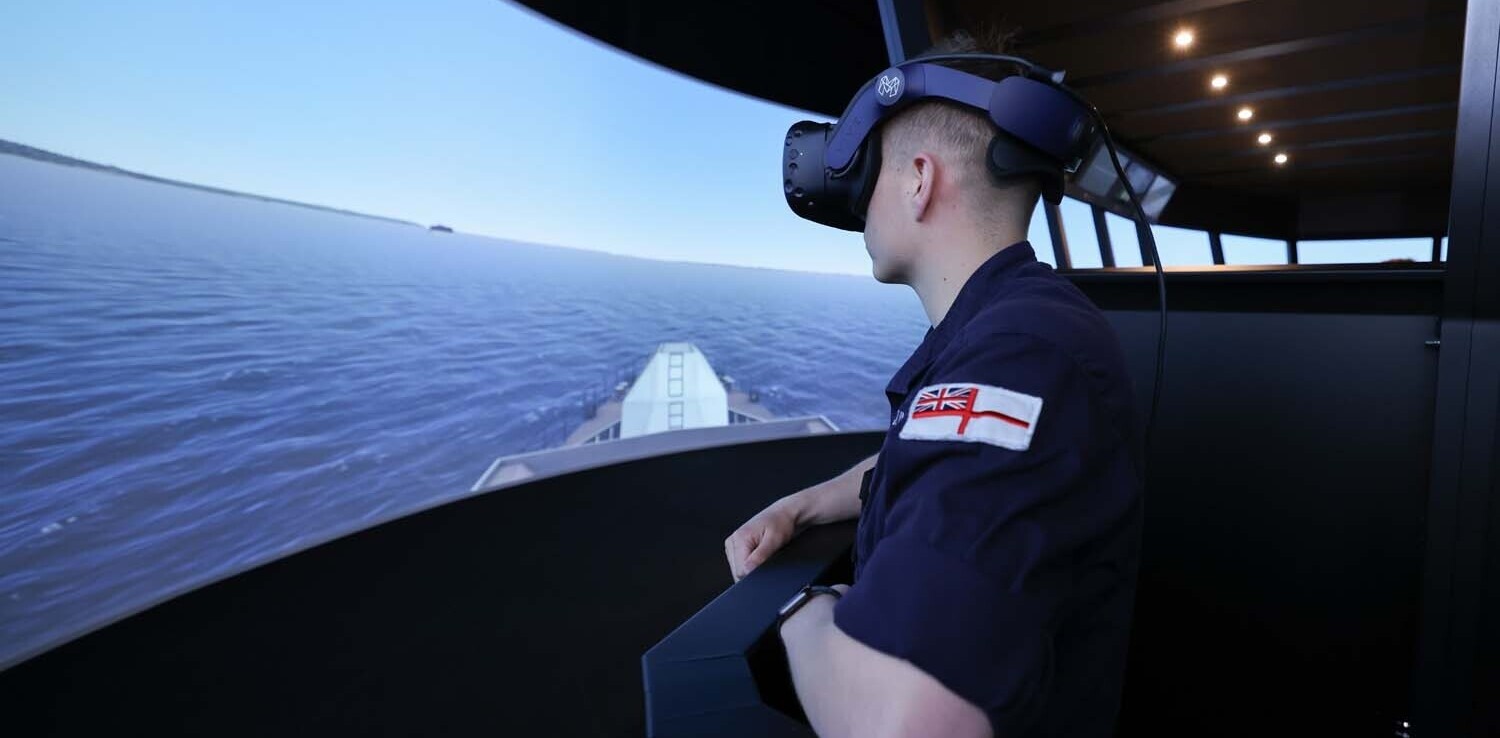
When it comes to virtual and augmented reality, it’s not a question of if they will hit mainstream adoption, but when.
Virtual reality sales are expected to hit $1B this year and a recent Nielsen study even showed that 24 percent of consumers plan to purchase a VR device this year. From storytelling to gaming to journalism, the impact of these new technologies, once they hit the tipping point, is going to be massive.
Current usage is limited mostly to early adopters, primarily those with an extra wad of cash. While the price of the Oculus Rift dropped in the summer, $600 still isn’t so affordable for a device that offers limited content and still hasn’t figured out how to effectively prevent users from vomiting due to simulation sickness.
But as major companies work to utilize VR more, more content will come.
With Facebook rolling out improvements to 360 video, and YouTube’s designated channel for 360 video, it seems as though the shift in content is already on its way. Content creators have followed suit.
The New York Times has led the way, winning the mobile Grand Prix at Cannes for its VR work, and others are following suit. USA Today launched VRtually There, AOL acquired VR production company RYOT, and investor money has started pouring into the VR content production companies.
The rise of VR/AR marketing
With a new form of content, however, comes a new form of marketing. Brands are already jumping into the game, creating original content for VR. BMW and Volvo have offered virtual test drives, Ikea lets you explore a virtual kitchen, and Coca-Cola and McDonald’s let customers create virtual-reality goggles from soda-can packaging and Happy Meal boxes.
All of this is great. Better original content than advertising, right? Still, consumer eyeballs attract ads and VR/AR will be no exception. Graeme Devine of Magic Leap puts it:
We can say we won’t let advertising happen…which will work for about two months. Or we can think about what advertising will be like in mixed reality.
Those ‘two months’ seem to have already passed, as the advertisements have already begun. Audi, Jaguar, Volvo, Coca Cola, and Nike have all released VR ads. Coca Cola let viewers ride a sleigh while Nike captured Neymar scoring a goal. Much unlike frustrating pop-ups and banners, these ads are actually entertaining, blurring the lines between advertising and content marketing.
Herein lies the opportunity to help both marketers and consumers.
Leaders in the VR/AR market say that while ads are inevitable, VR/AR offer an opportunity to make the experience better. As adoption grows, improving the advertisements has become a focus for VR/AR companies. Improvement is just the first step. VR/AR companies see an opportunity to consistently create ads that consumers actually enjoy. Devine says that:
The better way to combat popup ads and banners you don’t want to see will be working with businesses to make mixed reality experiences that you’ll actually want to see.
Advertisers have an opportunity to actually let consumers experience both the products and emotions they are selling. Despite the limited adoption of VR/AR, these experiences are so engaging that they can go viral very quickly.
A recent Mountain Dew ad, where the soda brand teamed up with Google to show NBA players and artists painting in VR, piled up over 150 million views. And with recent studies showing that people learn better in VR/AR, marketers have an opportunity to teach consumers about their product in a way that mere videos and words can’t.
Robert Bruza of Outlyer, an ad platform working in the VR space, says VR and AR:
Can provide ubiquitous engagement in which you don’t even realize you’re consuming ad content. We see a directional shift – a higher end in personalization and engagement, but also a shift to from push to pull driven by the consumer.
In other words, VR/AR ads are already so entertaining that consumers actually want to watch them, often not even recognizing them as ads. The difference between telling consumers what it’s like to drive a BMW or actually letting them experience it firsthand should be a huge boost for marketers.
The dark side of VR/AR marketing
Though intriguing, this should also scare you. It’s already become tough to know when you’re seeing an ad. If ads do indeed improve to the point where we can no longer distinguish ad from entertainment, marketers will have a newfound sense of power and control.
In today’s world, where the mobile ad experience sways from boring to broken, the goal for marketers is challenging but simple; drive conversion. With VR/AR, however, marketers will face an opportunity to truly play with consumer emotions in a way that pop-ups, banners, and social ads never could.
People already read sponsored content about organic juices, causing them to believe that these juices somehow cure diseases or improve their sex lives. Kids already cry for their parents to buy that new toy or snuggly laundry detergent. Political organizations already play to our emotions quite successfully when showing videos displaying horror or grief. Now they all get to ramp it up a notch – or ten – letting us experience these feelings firsthand through VR and AR.
If sponsored content and ads manage to indoctrinate us with brand messages, just imagine what marketers can do with VR/AR. Without any restrictions on VR/AR ads, marketers and publishers can work together to seamlessly weave ads into content.
While watching James Bond in VR, consumers will actually experience us how great driving a BMW is or how amazing it would be to stay that hotel and spa. They’ll virtually try products as part of a VR game they play or while reading an article in AR. This sort of sophistication will make advertisements both tough to notice and difficult for future VR/AR ad blockers to weed out. This power could give marketers a dangerous new level of control over consumers.
It becomes even spookier when you realize that AI and personalization of ads are constantly evolving, meaning that an ideal ad would target you with a personalized message and product, all with the potency of VR/AR.
If this all sounds too apocalyptic, it shouldn’t. Ads have always followed us everywhere and VR/AR won’t be an exception. Fortunately, us consumers do tend to find a way to cope with the evolution of ads. And if you find the risk of indoctrination too worrying, you can always take off the glasses.
Get the TNW newsletter
Get the most important tech news in your inbox each week.
Black Mirror on Netflix – an anthology series that tackles our relationships with technology and how each bright moment today could potentially go awry tomorrow. With them, we’re exploring current and future tech trends; including the possible ramifications on personal relationships. This is the “bright side” of technology.





